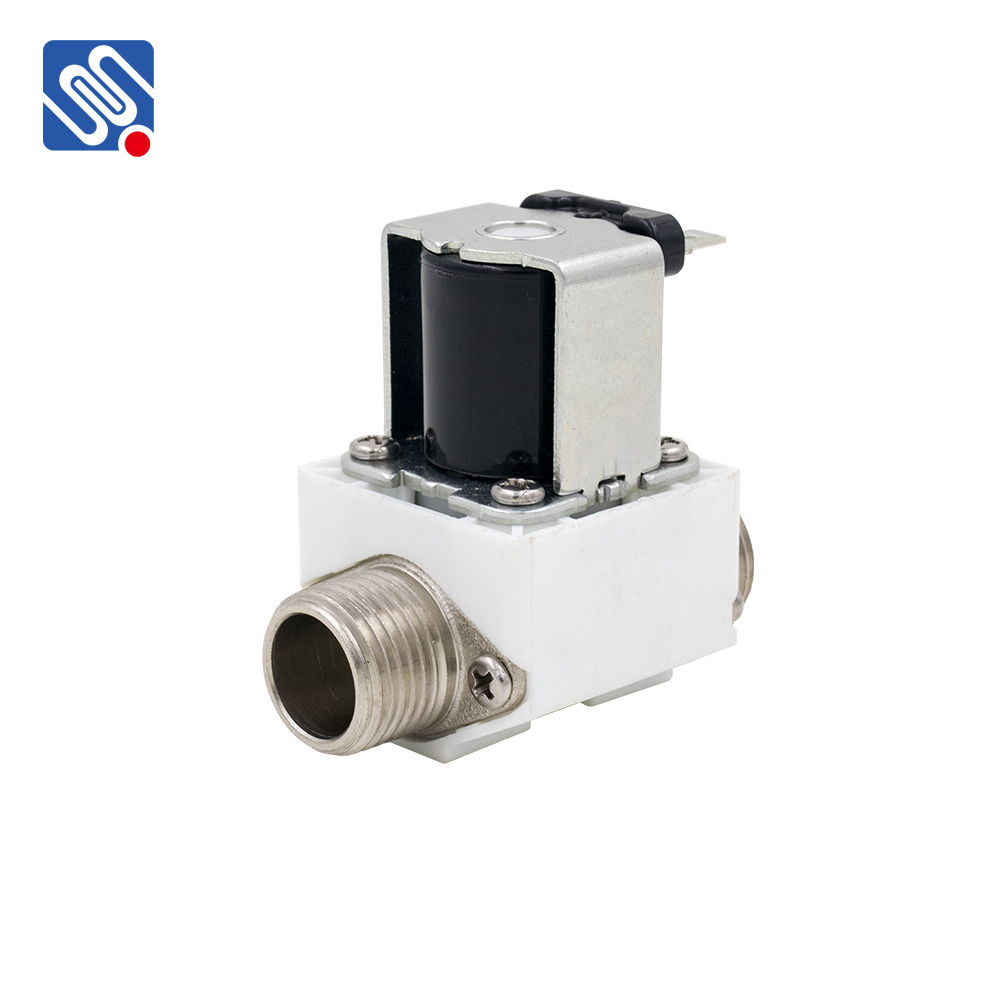High Flow Solenoid Valve (HFSV) is a vital component in industrial fluid control systems. It is a type of solenoid valve designed to manage larger volumes of fluids or gases in various industrial applications. Unlike standard solenoid valves, high-flow variants are engineered with larger ports and faster response mechanisms, enabling them to handle higher flow rates and perform under more demanding conditions. This article explores the fundamental aspects of High Flow Solenoid Valves, their applications, and the benefits they bring to industries reliant on efficient fluid management.

What is a High Flow Solenoid Valve? A solenoid valve is a type of electromagnetic valve that controls the flow of liquids or gases within a system. It operates using an electrical solenoid to control the opening and closing of the valve. High Flow Solenoid Valves are similar in function to regular solenoid valves but are specifically designed to handle much higher flow rates. They are often used in systems that require the rapid movement of large volumes of fluid, such as in industrial, chemical, and pneumatic applications. How Do High Flow Solenoid Valves Work? The working principle of a High Flow Solenoid Valve remains the same as traditional solenoid valves. When an electrical current passes through the solenoid, it creates a magnetic field that moves a plunger or armature, causing the valve to open or close. In a high-flow version, the solenoid is designed to create a more significant force, allowing for larger openings and faster operation. This enables the valve to handle greater fluid volumes without losing control or efficiency.